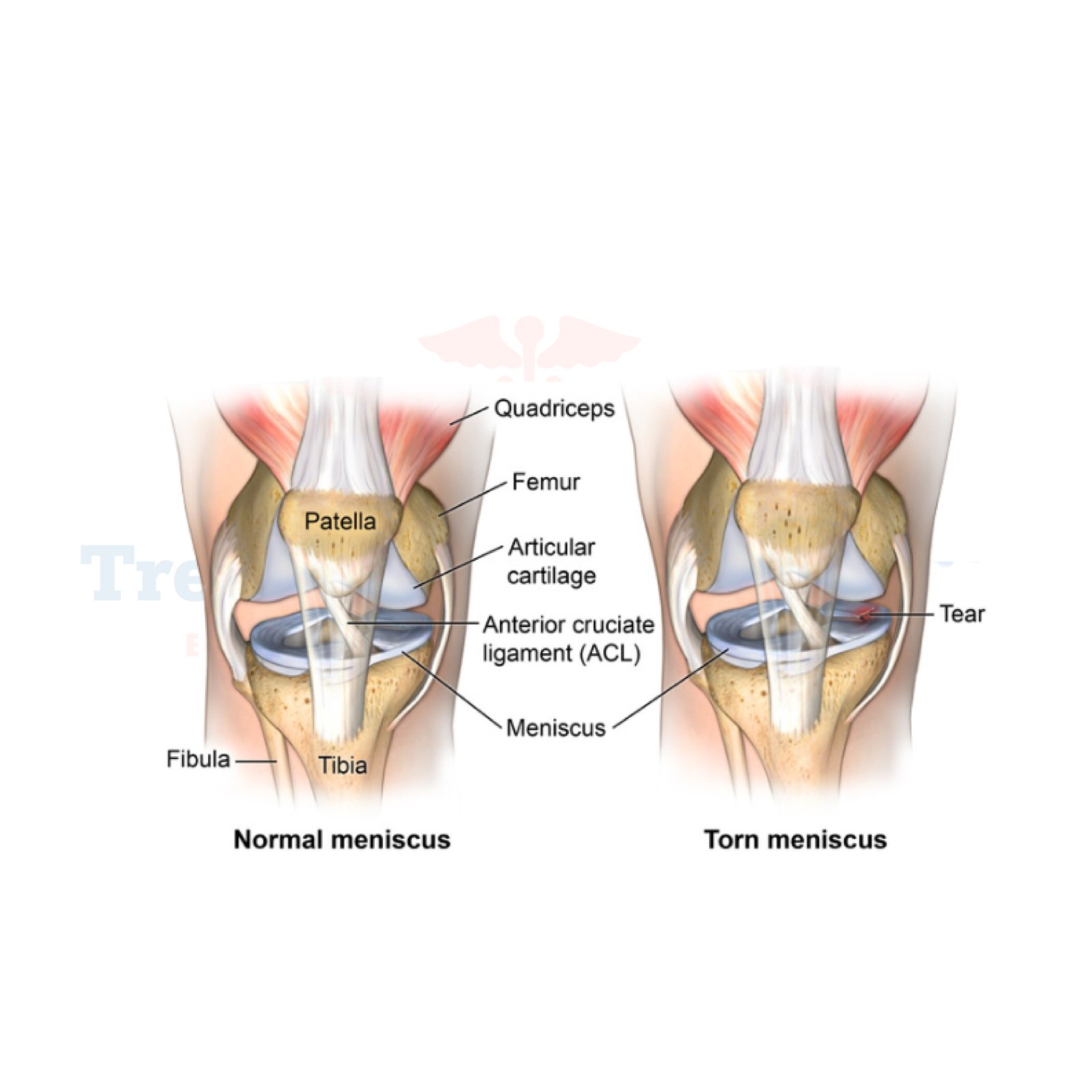What is Torn Meniscus?
A torn meniscus refers to a common knee injury where the cartilage, known as the meniscus, tears due to sudden twisting or a forceful impact.
The meniscus acts as a cushion between the thighbone (femur) and shinbone (tibia), aiding in stability and smooth movement of the knee joint.
Side Effects of Torn Meniscus
When the meniscus tears, patients often experience symptoms such as pain, swelling, stiffness, and a limited range of motion in the knee. Some individuals may also notice a popping sensation during the injury.
In severe cases, the knee might feel unstable or "give way" during activities.
How is Torn Meniscus Diagnosed?
Diagnosing a torn meniscus typically involves a combination of physical examination and imaging tests. A doctor will assess the knee's range of motion, stability, and tenderness.
Imaging techniques such as MRI (Magnetic Resonance Imaging) scans are commonly used to visualize the extent and location of the tear, helping doctors plan appropriate treatment.
Potential Treatment of Torn Meniscus
The treatment approach for a torn meniscus depends on several factors, including the size and location of the tear, the patient's age, activity level, and overall health. Here are the potential treatment options:
👉 Contact us for further information and receive a complimentary consultation.

.webp)
.webp)
 (1).webp)
 (1).webp)


.webp)
.webp)
 (1).webp)
 (1).webp)

